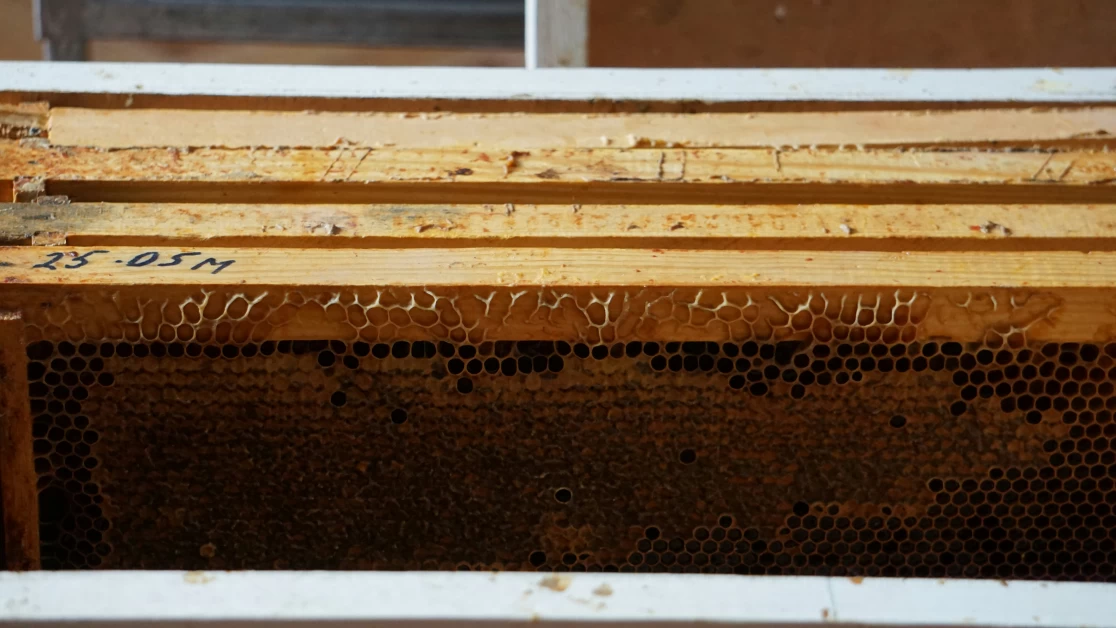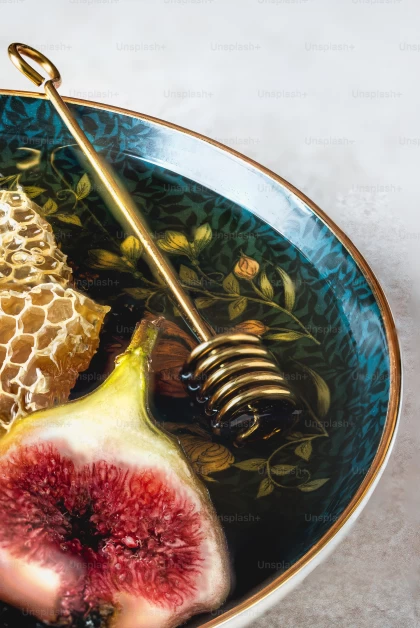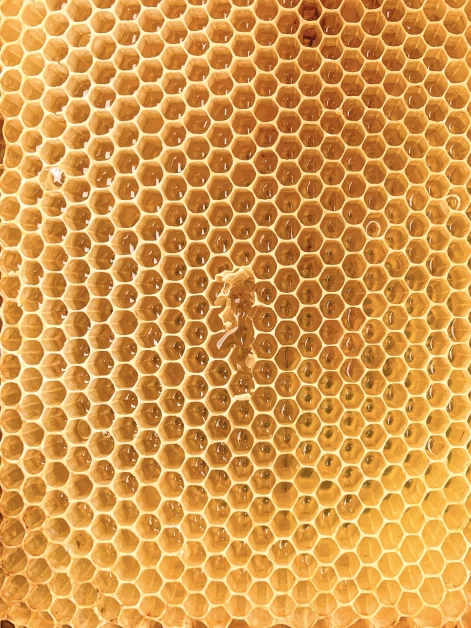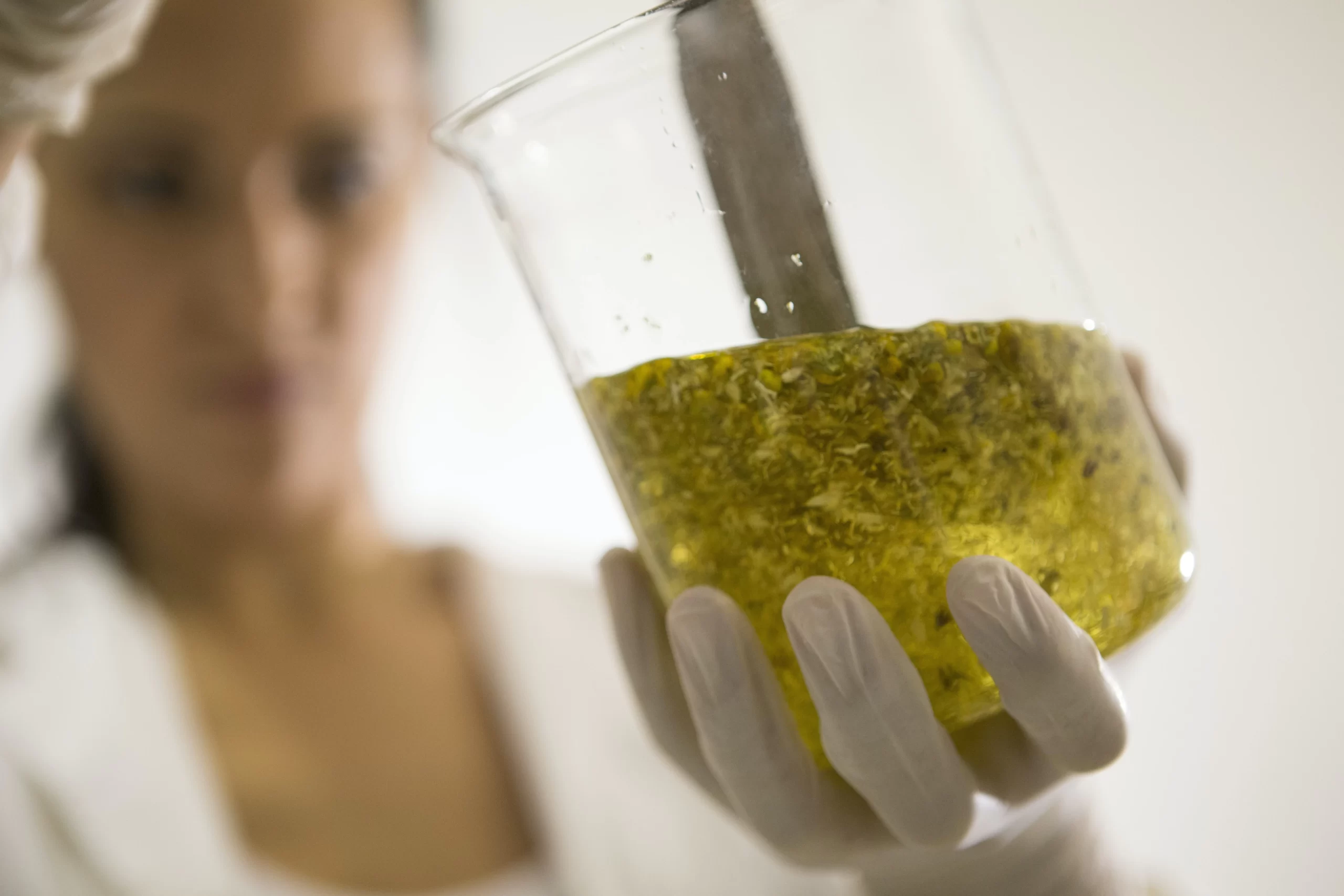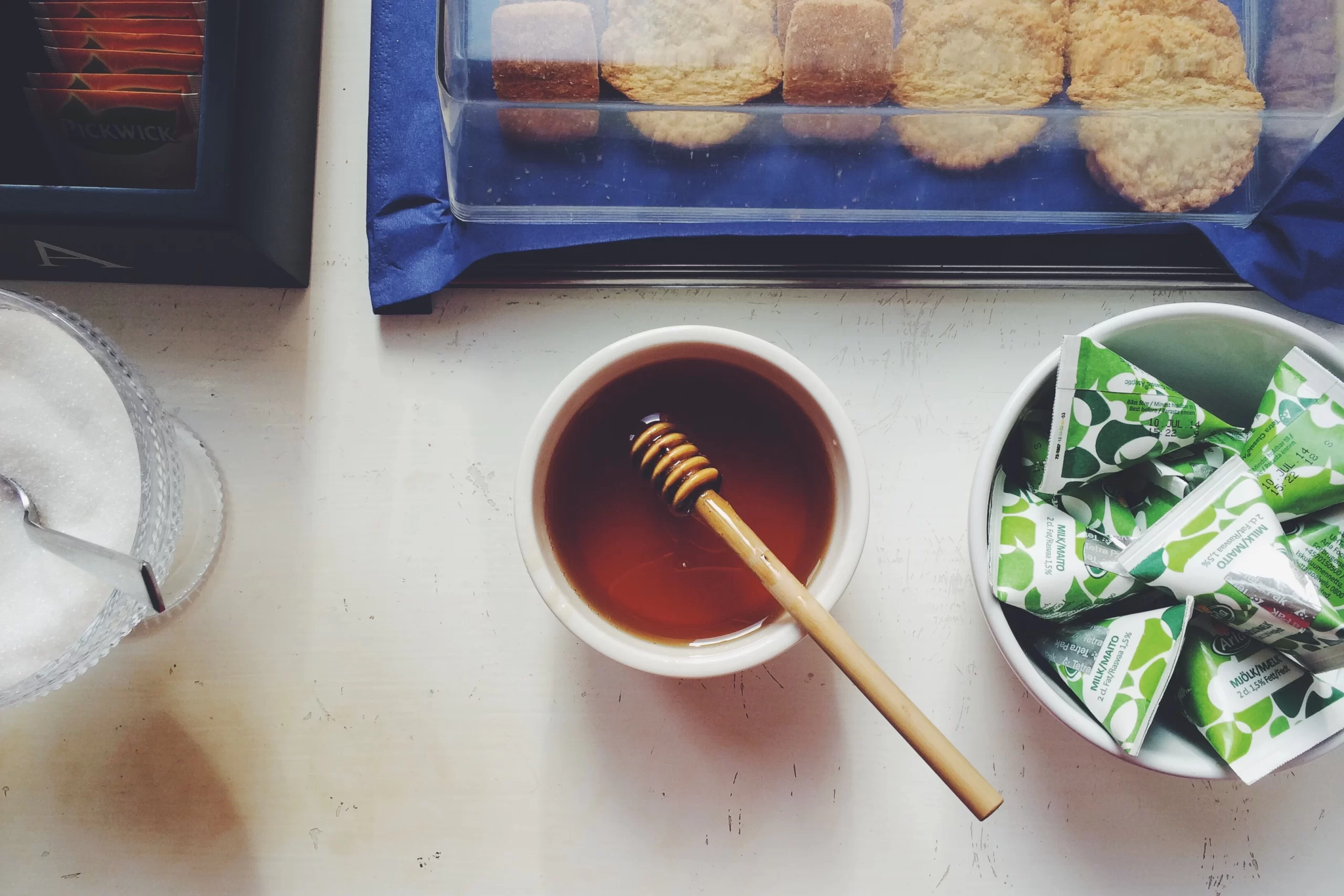Table of Contents
Introduction
In recent years, Manuka Honey has gained popularity for its unique taste and exceptional health benefits. With terms like UMF and MGO, along with discussions of high and low grades, it’s important to understand why choosing an ultra-high grade Manuka Honey is beneficial, especially for its anti-inflammatory properties. This article will explore the world of high-grade UMF/MGO luxury Manuka Honey and explain how it stands out from lower-grade alternatives.
The Power of UMF/MGO
To understand the distinction between high and low grades of Manuka Honey, it’s crucial to understand the significance of UMF and MGO. UMF (Unique Manuka Factor) and MGO (Methylglyoxal) are two rating systems that measure the presence of Methylglyoxal, a compound known for its antibacterial properties, within Manuka Honey. The higher the UMF or MGO rating, the greater the concentration of Methylglyoxal and, consequently, the stronger the potential therapeutic benefits.
High-grade UMF/MGO Manuka Honey represents the pinnacle of quality and purity within the world of honey. With its unrivaled therapeutic potential, exquisite flavor, and strict certification standards, it surpasses lower-grade and more affordable alternatives.
Enhanced Medicinal Properties
The higher concentration of Methylglyoxal in high-grade UMF/MGO Manuka Honey provides enhanced antibacterial, antiviral, and anti-inflammatory properties. This makes it an excellent choice for supporting overall immune health, wound healing, digestive wellness, and combating common ailments. Any rating higher than 10+ UMF is considered to have medicinal benefits. The higher the rating, the greater the medicinal strength.
Unique Flavour Profile
High-grade Manuka Honey possesses a distinctive and robust flavor profile that sets it apart from lower-graded varieties. Its rich, earthy notes, complemented by a subtle sweetness, make it a gourmet delight for culinary explorations. Whether used as a natural sweetener, a flavor enhancer, or enjoyed on its own, the taste of high-grade Manuka Honey is an exquisite experience and quite unique in the world of honey.
Purity, Authenticity, and Rigorous Testing
High-grade UMF/MGO Manuka Honey is sourced from pristine and remote regions of New Zealand, where the Manuka plant thrives in its purest form. The production process undergoes meticulous monitoring by independent laboratories and professional industry associations to ensure authenticity and prevent adulteration. This guarantees that the honey you consume is genuine and of the highest quality. Furthermore, high-grade Manuka Honey undergoes rigorous testing by independent laboratories to earn UMF or MGO certification. This certification guarantees antibacterial potency and overall quality, ensuring you receive the promised health benefits.
High-Grade Manuka Honey – The Luxury of Gift-Giving
In addition to personal indulgence, high-grade UMF/MGO Manuka Honey offers a unique opportunity for luxurious gift-giving experiences. The prestige associated with Manuka Honey stems from its rare and limited availability, making it a highly sought-after product among discerning individuals. By presenting a jar of this exquisite honey as a gift, one can convey a sense of sophistication, refinement, and exclusivity.
In the world of luxury, trends often emerge, and Manuka Honey has become a prominent feature in the gifting landscape. As people increasingly prioritize health and wellness, this exceptional honey has gained recognition for its remarkable medicinal properties, which further adds to its desirability. Choosing Manuka Honey as a gift reflects not only the giver’s discerning taste but also their consideration for the recipient’s wellbeing.
Status Symbol in Luxury Gift-Giving
Status plays a crucial role in luxury gift-giving, and high-grade UMF/MGO Manuka Honey serves as a symbol of distinction and social standing. The association with a premium product that is meticulously sourced and carefully crafted showcases the giver’s appreciation for the finer things in life.
Furthermore, the stunning packaging of high-grade UMF/MGO Manuka Honey adds another layer of allure to its luxury appeal. Renowned brands often invest in elaborate and elegant packaging designs, featuring sleek glass jars, intricate labels, and luxurious embellishments. The presentation of Manuka Honey as a gift is a visual delight that enhances the overall experience, evoking a sense of anticipation and excitement.
Why is high grade UMF/MGO Manuka Honey so expensive?
The premium price of high-grade UMF/MGO Manuka Honey can be attributed to the meticulous production processes involved. These processes often include reaching remote areas where Manuka trees can be found, the short Manuka flowering season, and independent laboratory testing to ensure purity, safety, and accurate grading levels. Additionally, the exquisite packaging and the elevated therapeutic properties it offers create high demand in multiple industries such as beauty and culinary. Authentic Manuka Honey has limited availability globally, making it a rare and precious gift from nature.
In conclusion, choosing an ultra-high grade Manuka Honey, such as UMF 25+ or rare ratings like 30+ and 34+, provides enhanced medicinal properties, a unique flavor profile, and guarantees purity and authenticity. With its potential anti-inflammatory benefits and luxurious appeal, high-grade UMF/MGO Manuka Honey is a valuable addition to one’s health and wellness routine.
